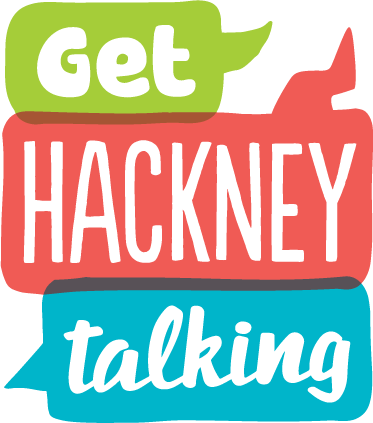What is sequencing?
Words such as FIRST, NEXT, THEN, AFTER and FINALLY help us to understand and explain sequences.
Good sequencing skills help us to:
- Follow instructions in the right order
- Understand concepts of time e.g now, next, days of the week and months of the year.
- Explain events which happened in the past e.g. something which happened at lunchtime, yesterday or last weekend.
- Understand cause and effect, why something may have happened and begin to predict what may happen next in a story or our daily lives.
- Develop our reasoning (thinking) skills.
Strategies to Help Develop Sequencing Skills
- Use sequential language at home. This will give a meaningful model of sequential language in the correct contexts e.g. ‘First, drink your juice, then, brush your teeth’, ‘We’re going shopping first, then we’ll go swimming’, ‘First put your shoes on, then your coat on. Put your hat on last’.
- Ask ‘who was first’? during play or any sequences throughout the day e.g. who got in the car first? Who got in last?
- Use concrete visual representations of time such as sand timers, egg timers and frequently read the clock times, or countdown timers. Link these to favourite activities, e.g. “the clock says 10 more minutes until your favourite programme is on”.
Activities to Help Develop Sequencing Skills
Getting started
Look at the one set of pictures with your child:
- Talk about what is happening in each picture.
- Cut the pictures up and give them to your child.
- See if they can put the pictures into the right order.
- Get them to tell the story using the pictures.
- If they have got the order wrong still get them to tell you the story and see if they can spot their own mistakes.
- Talk about the main idea on each story card (i.e. what it is all about). If they can’t tell you, give them an option e.g. “Is it about having a bath or about feeding the cat?”
Pictures
You can make up your own story sequences by using pictures you draw. Explain each picture to your child. You could make up a set of cards about anything e.g. getting ready for school, going to a birthday party. You could also take photos of your child doing an activity and see if they can put them in the right order.
Story re-tell
Read a familiar short story book with your child, showing the pictures as you go. Ask you child to re-tell the story. If they are stuck, show the picture page from the book as a prompt.
Simon Says
Give an instruction to your child to do two things e.g. “clap your hands, and then point to the window”. Once they have carried it out, ask your child to give a 2-part instruction back to you. Encourage your child to use “and then” by using a symbol or written word prompt card.
To make it harder: increase the number of instructions that your child has to listen to and give.
Sequencing clothes line
Using string and pegs, peg up 20 letters of the alphabet in order. Give the remaining 6 letters to your child. Your child must then put the letters in the appropriate place on the line. This can be made easier by leaving 6 obvious gaps on the line. You can also do this with numbers, days of the week, or whatever sequence you are targeting.
Sequences around the group
Choose a familiar sequence (e.g. days of the week, the alphabet) and start by reciting them as a pair, with visual prompts (symbols or pictures). Then take it in turns, each saying one day/ letter. The person who gets to say the last word in the sequence gets to choose the next game (or gets a prize).
Order of the day
Ask your child to draw pictures for activities that happen at school every day (e.g. assembly, maths, literacy, morning play, lunch, PE). Ask your child to put the pictures in the order that they happened using sequential language e.g. “What did you do first today?”, “What did you do nest?” When all of the pictures are in order, use “before” and “after” to ask more complex questions, e.g. “What happened before literacy?”


